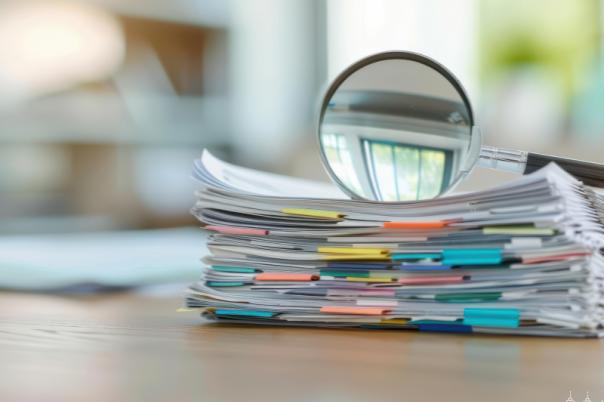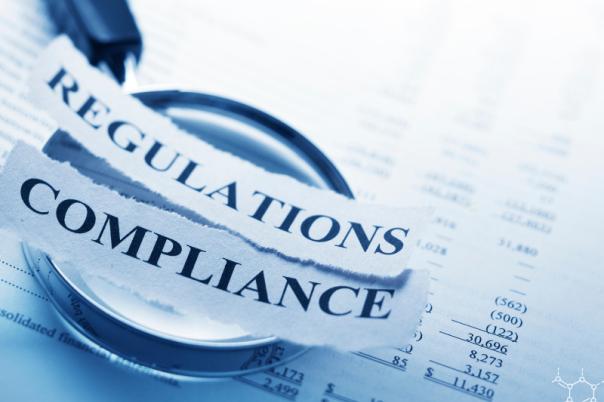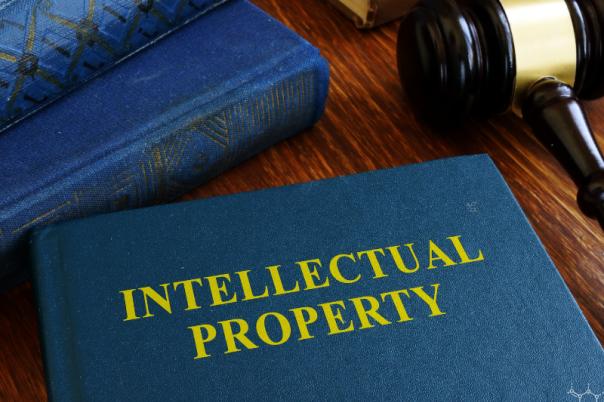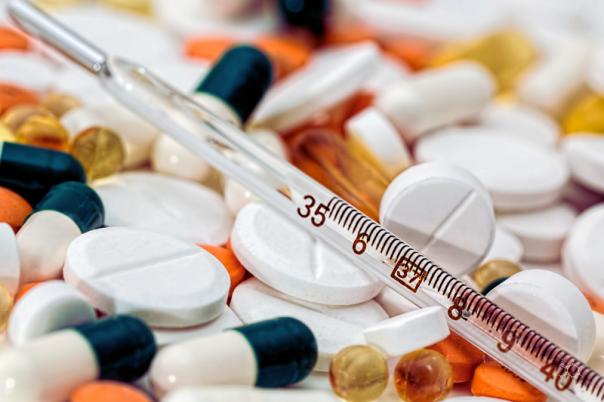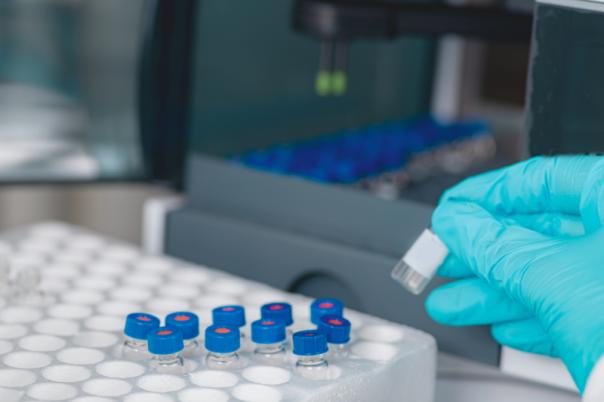GLP-1 receptor agonists are effective for managing blood glucose and obesity. Despite low oral bioavailability (<1%), products like Rybelsus have succeeded, driving demand for oral peptide delivery systems.
Andreas Bernkop-Schnürch, Professor at the University of Innsbruck, covered four key hurdles in oral peptide delivery: enzymatic degradation, sulfhydryl interactions, mucus gel obstruction, and absorption membrane resistance. The talk showcases the novel challenges that come alongside each of the barriers.
Bernkop-Schnürch placed emphasis on the mucus barrier, proposing that a lot of large pharma underestimate the mucus gel barrier. Nanocarriers are usually around 80 nanometres in thickness, whereas the mucus gel layer in the intestine can be up to 400 – 500 micrometres in thickness, making it a hugely challenging task to overcome. However, the absorption membrane barrier is considered the most difficult, requiring peptides to be lipophilic to cross the phospholipid bilayer.
As a rule of thumb, when the log p value is below zero and three, this is the ideal range for oral delivery because these compounds can more easily move across the lipophilic B layer. As a means of surmounting the aforementioned barriers, Bernkop-Schnürch backed self-emulsifying drug delivery systems (SEDDs) because they are easy to produce and upscale. In fact, one only has to prepare an oily solution containing a lipophilic phase, then an emulsifying agent or co-emulsifier, followed by dissolving a peptide in the oily solution.
The more complicated part involves making the peptide sufficiently lipophilic. Two options are available for this: hydrophobic ion pairs or reverse micelles. Both methods significantly enhance the lipophilic character of peptides, thus enabling their incorporation into oily phases suitable for oral delivery.
Moving on, Bernkop-Schnürch presented a case study on semaglutide. He demonstrated a dramatic increase in lipophilicity using these techniques. Once incorporated into lipid carriers, peptides are protected from enzymatic degradation and other barriers. Most importantly, the approach avoids the use of permeation enhancers, which can trigger feedback mechanisms in the body. Instead, the strategy involves transforming hydrophilic peptides into lipophilic complexes that can traverse the absorption membrane.
The talk concluded by emphasising the potential of combining hydrophobic ion pairing with lipid carriers. This practice could reimagine oral peptide delivery as we know it, particularly for GLP-1 analogues, where achieving 10% bioavailability is deemed feasible.

